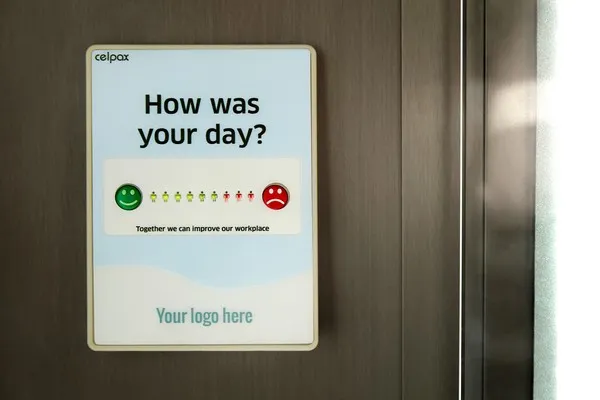Table of Contents
- What Are Opinion Polls?
- The Historical Development of Opinion Polls
- The Sociology of Opinion Polls
- Methodology: How Opinion Polls Are Conducted
- The Importance of Opinion Polls
- Limitations and Criticisms of Opinion Polls
- Conclusion
Opinion polls are an essential tool in understanding the public’s views on various issues, from political preferences to societal attitudes. They provide a snapshot of what people think at a given moment in time and are widely used in both social research and mass media to gauge public opinion. This article will explore the history, methodology, importance, and sociological significance of opinion polls, along with their limitations and criticisms. We will also examine how they shape societal discourse and their potential influence on decision-making processes in political and social contexts.
What Are Opinion Polls?
Opinion polls are surveys conducted to collect data on what a specific group of people thinks or feels about a particular subject. These polls can be carried out in various ways, including face-to-face interviews, telephone surveys, online questionnaires, or even through mail. The main goal of an opinion poll is to generalize the findings to a broader population based on a smaller, representative sample. By asking a subset of people questions on various issues, researchers and organizations attempt to infer the views of a much larger population.
Types of Opinion Polls
There are several types of opinion polls, each designed to gather information in different ways. Some of the most common forms include:
- Cross-sectional polls: These are conducted at one point in time and offer a snapshot of public opinion on a particular issue.
- Tracking polls: These are conducted over a period of time to observe how opinions change, often used during election campaigns.
- Exit polls: These are conducted immediately after voters have cast their votes, usually to predict the outcome of an election before the official results are available.
- Push polls: These are designed not to measure opinion but to influence the respondent’s view by asking leading or biased questions.
Each type of poll serves a different function, depending on what the researcher or organization is trying to achieve. Understanding the specific type of poll in question is essential for interpreting the results accurately.
The Historical Development of Opinion Polls
The use of opinion polls can be traced back to the early 19th century, but it wasn’t until the 20th century that they became a widespread tool in public discourse. In the early days, polling methods were far from scientific, relying on a self-selected sample of respondents, which led to biased results. However, the work of pioneers like George Gallup in the 1930s helped develop more rigorous methodologies, which allowed for more reliable and valid polling.
The Gallup Revolution
George Gallup, considered one of the founders of modern opinion polling, revolutionized polling by introducing random sampling techniques. His breakthrough came during the 1936 U.S. presidential election when he correctly predicted Franklin D. Roosevelt’s victory using a much smaller sample than the widely used Literary Digest poll, which had incorrectly predicted a landslide win for the opposition. Gallup’s success demonstrated the importance of using representative samples rather than larger, self-selected ones.
Gallup’s methods became the gold standard for polling and are still in use today, with some modifications for modern contexts. The rise of opinion polls since Gallup’s time reflects the growing importance of public opinion in political and social decision-making.
The Sociology of Opinion Polls
Get the full article AD FREE. Join now for full access to all premium articles.
View Plans & Subscribe Already a member? Log in.





